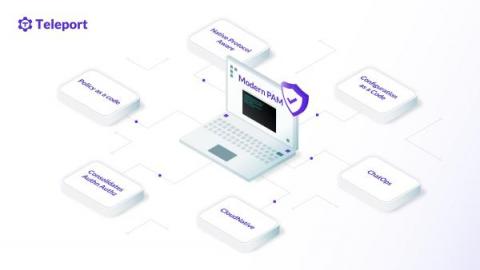Security | Threat Detection | Cyberattacks | DevSecOps | Compliance
DevOps
Analyzing the PwnKit local privilege escalation exploit
What do Linux vulnerabilities and natural disasters have in common? Something seemingly dormant can suddenly spring to life, exposing activity beneath the surface. Several days ago, a security researcher published a high-severity vulnerability named PwnKit that impacts most major Linux distributions. The scary part? It’s existed since May of 2009. Polkit is a component for controlling privileges in Unix-like operating systems and is included by default on most major Linux distributions.
The PwnKit vulnerability: Overview, detection, and remediation
On January 25, 2022, Qualys announced the discovery of a local privilege escalation vulnerability that it identified as PwnKit. The PwnKit vulnerability affects PolicyKit’s pkexec, a SUID-root program installed by default on many Linux distributions. The same day of the announcement, a proof of concept (PoC) exploit was built and published by the security research community.
RFDiscussion #3 - AWS IAM Join Tokens
What a Modern Privileged Access Management (PAM) Solution for Cloud-Native Applications Looks Like
Privileged Access Management (PAM) is a go-to solution to prevent privilege misuse and insider threats, and limit malware propagation. After all, properly protecting and monitoring the keys to the kingdom is always a good practice. Privileged Access Management has been even more critical in recent times. With the advent of the cloud where infrastructure is provisioned with a single API call and authenticated with a single API key, the risk of someone misusing these credentials is far higher.
Elevate AWS threat detection with Stratus Red Team
A core challenge for threat detection engineering is reproducing common attacker behavior. Several open source and commercial projects exist for traditional endpoint and on-premise security, but there is a clear need for a cloud-native tool built with cloud providers and infrastructure in mind. To meet this growing demand, we’re happy to announce Stratus Red Team, an open source project created to emulate common attack techniques directly in your cloud environment.
SnykCon recap: Building a developer-focused AppSec program
Building an application security program can be overwhelming. The steady stream of content encouraging teams to shift left is inspiring, but it doesn’t help you get started. Looking toward organizations with mature AppSec initiatives can make the gap seem insurmountable — all while an actionable plan remains elusive. Like anything else in software development, application security is a journey. A journey that’s much more enjoyable with some guiding principles.
Vulnerability of the Month: nanoid
Enabling compliance for database access
Moving fast, and meeting HIPAA compliance with Teleport
How Dylan Statmat of https://www.verticalchange.com/ uses Teleport to obtain HIPAA compliance.











